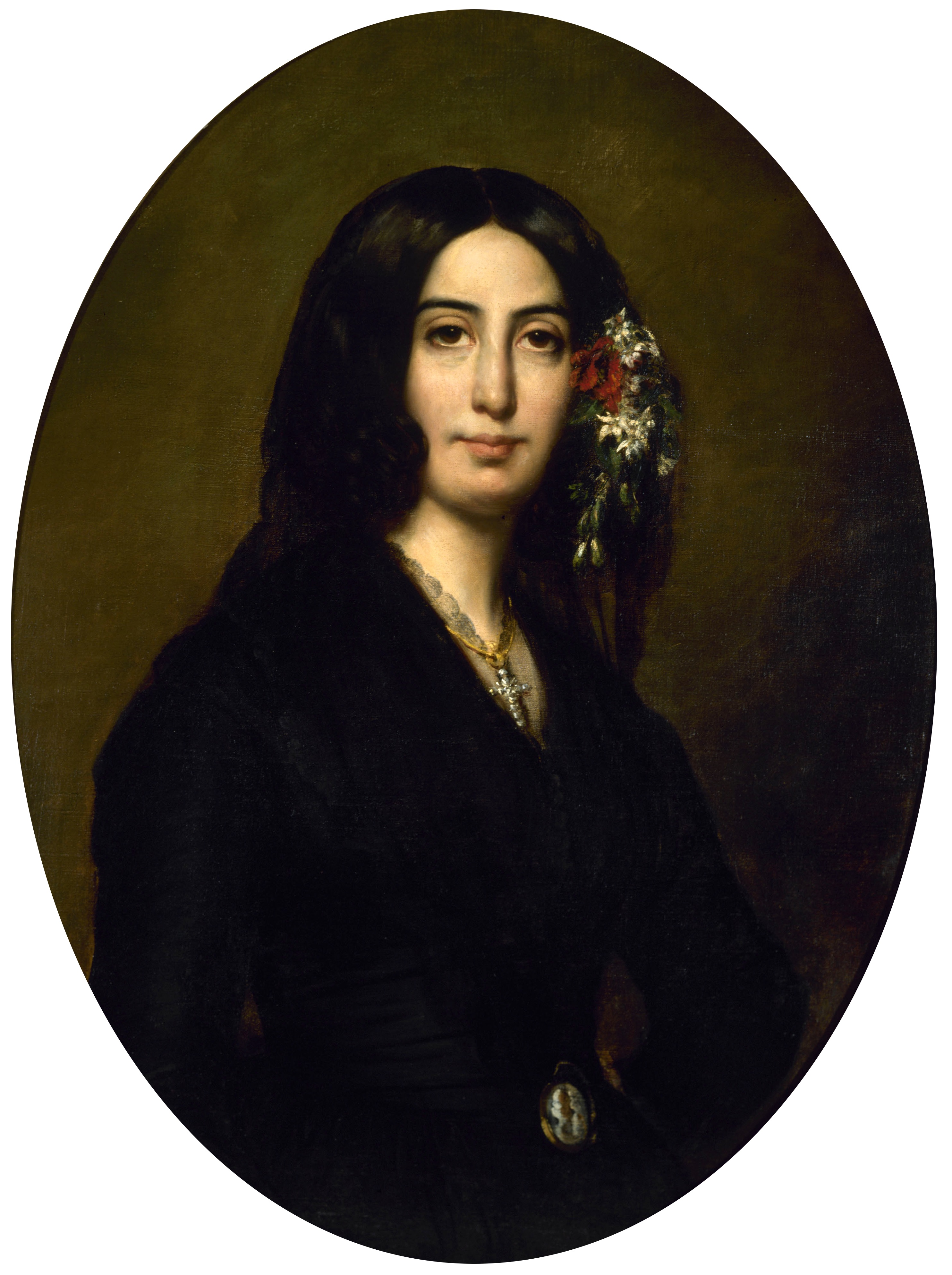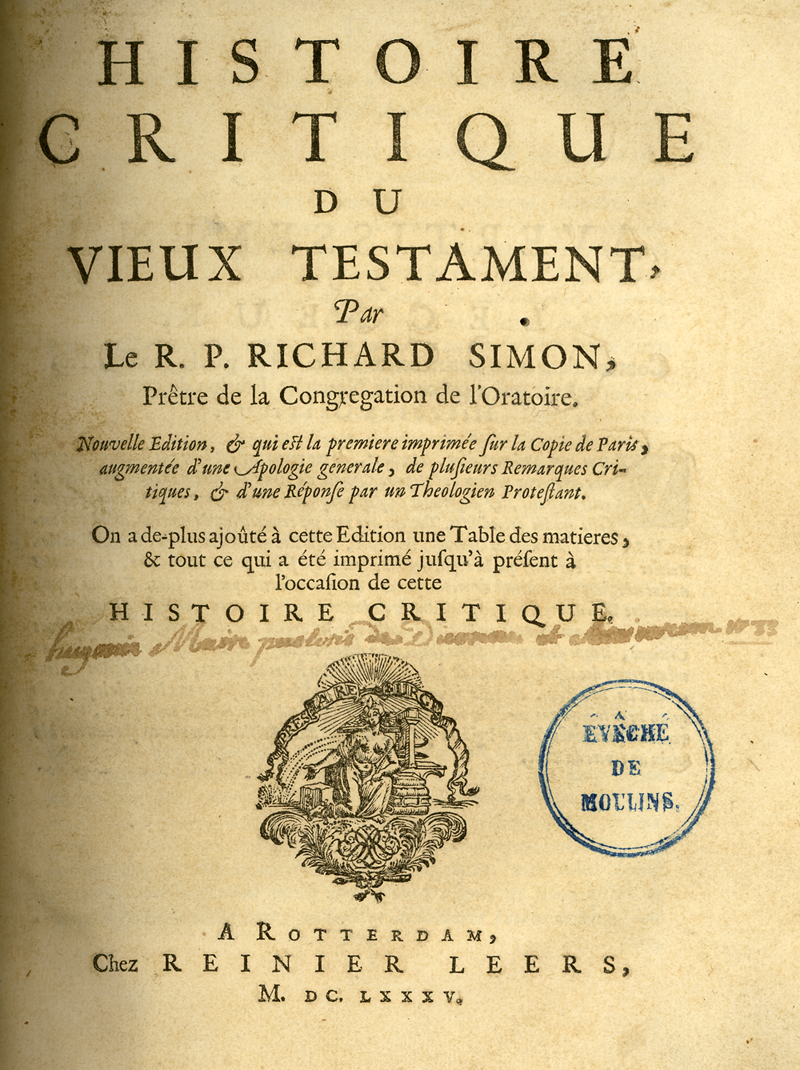|
Aletheia M. D.
Aletheia, M. D. is a pseudonym for the anonymous author of the ''Rationalist's Manual'' published London : Watts & Co., 1897. ''Part I. - Theology : Its Superstitions and Origin. Part II. — Rationalism : Its Philosophy and Ethics.'' It was reviewed in ''The Literary World'' which considered that "this work may be described as the reduction of human life to its lowest possible terms. Anything that suggests other than animal and material considerations as a basis of conduct is to "Aletheia, MD," ''anathema-maranatha.'' Religion is to be judged not by its ideals, but by its origins." In 1967 it was again mentioned in ''Ethics''Ethics an international journal of social, political and legal ...: Volume 8 1967 by Aletheia, MD. Pp. 140. Part I. — Theology : Its Superstitions and Origin. Part II. — Rationalism : Its Philosophy and Ethics but as "sadly marred by Biblical criticism Biblical criticism is the use of critical analysis to understand and explain the Bible. During the ... [...More Info...] [...Related Items...] OR: [Wikipedia] [Google] [Baidu] |
Pseudonym
A pseudonym (; ) or alias () is a fictitious name that a person or group assumes for a particular purpose, which differs from their original or true name (orthonym). This also differs from a new name that entirely or legally replaces an individual's own. Many pseudonym holders use pseudonyms because they wish to remain Anonymity, anonymous, but anonymity is difficult to achieve and often fraught with legal issues. Scope Pseudonyms include stage names, User (computing), user names, ring names, pen names, aliases, superhero or villain identities and code names, gamer identifications, and regnal names of emperors, popes, and other monarchs. In some cases, it may also include nicknames. Historically, they have sometimes taken the form of anagrams, Graecisms, and Latinisation (literature), Latinisations. Pseudonyms should not be confused with new names that replace old ones and become the individual's full-time name. Pseudonyms are "part-time" names, used only in certain contexts – ... [...More Info...] [...Related Items...] OR: [Wikipedia] [Google] [Baidu] |
London
London is the capital and List of urban areas in the United Kingdom, largest city of England and the United Kingdom, with a population of just under 9 million. It stands on the River Thames in south-east England at the head of a estuary down to the North Sea, and has been a major settlement for two millennia. The City of London, its ancient core and financial centre, was founded by the Roman Empire, Romans as ''Londinium'' and retains its medieval boundaries.See also: Independent city#National capitals, Independent city § National capitals The City of Westminster, to the west of the City of London, has for centuries hosted the national Government of the United Kingdom, government and Parliament of the United Kingdom, parliament. Since the 19th century, the name "London" has also referred to the metropolis around this core, historically split between the Counties of England, counties of Middlesex, Essex, Surrey, Kent, and Hertfordshire, which largely comprises Greater London ... [...More Info...] [...Related Items...] OR: [Wikipedia] [Google] [Baidu] |
Watts & Co
Watts & Co. is a prominent architecture and interior design company established in England in 1874. It is a survivor from the Gothic Revival of the nineteenth century: a firm founded in 1874 by three leading late-Victorian church architects – George Frederick Bodley, Thomas Garner and Gilbert Scott the younger – to produce furniture, textiles, stained glass windows, and needlework in a style distinctively their own. History The partners were all pupils of Sir George Gilbert Scott, whose work includes the Albert Memorial, the Foreign and Commonwealth Office, the St Pancras Hotel, St Mary's Cathedral, Edinburgh, many churches, cathedral restorations and country houses. The motivating force was Bodley, himself one of the most scholarly, fastidious and refined architects of his generation, a designer not only of such churches as the Church of the Holy Angels, Hoar Cross, Staffordshire, and, with his first pupil Henry Vaughan, of the National Cathedral of Ss Peter & Paul, ... [...More Info...] [...Related Items...] OR: [Wikipedia] [Google] [Baidu] |
Animal
Animals are multicellular, eukaryotic organisms in the Kingdom (biology), biological kingdom Animalia. With few exceptions, animals Heterotroph, consume organic material, Cellular respiration#Aerobic respiration, breathe oxygen, are Motility, able to move, can Sexual reproduction, reproduce sexually, and go through an ontogenetic stage in which their body consists of a hollow sphere of Cell (biology), cells, the blastula, during Embryogenesis, embryonic development. Over 1.5 million Extant taxon, living animal species have been Species description, described—of which around 1 million are Insecta, insects—but it has been estimated there are over 7 million animal species in total. Animals range in length from to . They have Ecology, complex interactions with each other and their environments, forming intricate food webs. The scientific study of animals is known as zoology. Most living animal species are in Bilateria, a clade whose members have a Symmetry in biology#Bilate ... [...More Info...] [...Related Items...] OR: [Wikipedia] [Google] [Baidu] |
Religion
Religion is usually defined as a social- cultural system of designated behaviors and practices, morals, beliefs, worldviews, texts, sanctified places, prophecies, ethics, or organizations, that generally relates humanity to supernatural, transcendental, and spiritual elements; however, there is no scholarly consensus over what precisely constitutes a religion. Different religions may or may not contain various elements ranging from the divine, sacred things, faith,Tillich, P. (1957) ''Dynamics of faith''. Harper Perennial; (p. 1). a supernatural being or supernatural beings or "some sort of ultimacy and transcendence that will provide norms and power for the rest of life". Religious practices may include rituals, sermons, commemoration or veneration (of deities or saints), sacrifices, festivals, feasts, trances, initiations, funerary services, matrimonial services, meditation, prayer, music, art, dance, public service, or other aspects of human culture. Re ... [...More Info...] [...Related Items...] OR: [Wikipedia] [Google] [Baidu] |
Biblical Criticism
Biblical criticism is the use of critical analysis to understand and explain the Bible. During the eighteenth century, when it began as ''historical-biblical criticism,'' it was based on two distinguishing characteristics: (1) the concern to avoid dogma and bias by applying a neutral, non-sectarian, reason-based judgment to the study of the Bible, and (2) the belief that the reconstruction of the historical events behind the texts, as well as the history of how the texts themselves developed, would lead to a correct understanding of the Bible. This sets it apart from earlier, pre-critical methods; from the anti-critical methods of those who oppose criticism-based study; from later post-critical orientation, and from the many different types of criticism which biblical criticism transformed into in the late twentieth and early twenty-first centuries. Most scholars believe the German Enlightenment () led to the creation of biblical criticism, although some assert that its roo ... [...More Info...] [...Related Items...] OR: [Wikipedia] [Google] [Baidu] |



